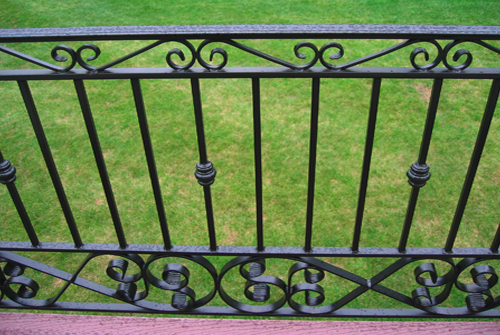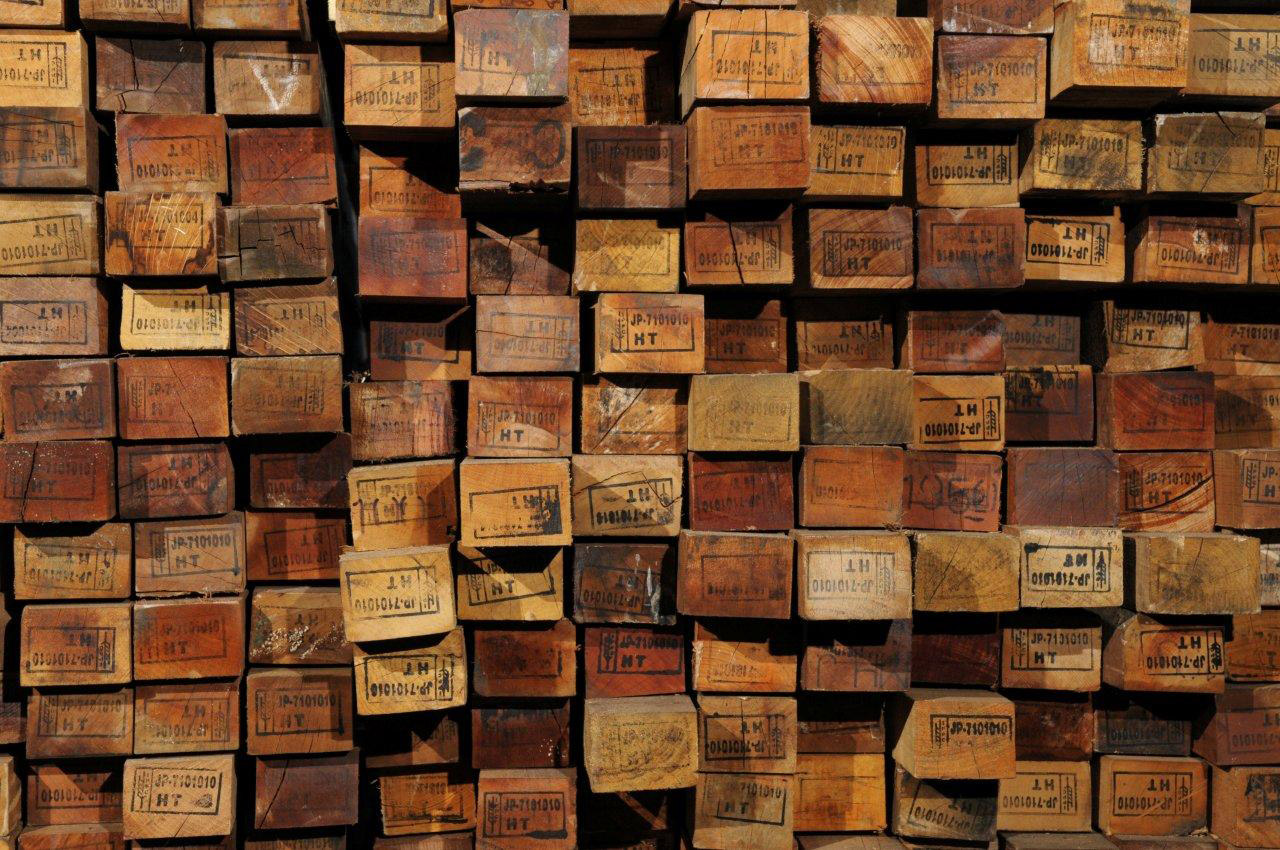Whether
you are in the business of building or you just like to tinker around with
do-it-yourself projects at home, chances are you use steel on a regular basis
to construct the things you need. Millions of people use steel hardware because
it provides a reliable and affordable option to build everything from
skyscraper buildings to simple household appliances. If you’re looking for
reliable hardware for your next project, you can find it at the steel
supermarket of Wasatch Steel.
Steel is Affordable
Steel has
been around in one form or another for thousands of years. It used to be forged
by blacksmiths (iron), and with more recent advancements in the way it’s
manufactured, it has become a very affordable and viable option for millions of
different uses. In addition, steel doesn’t break down or change when it’s
recycled, meaning it can be recycled almost indefinitely, so it remains strong
and there is very little steel wasted in the process of making it.
Find the Right Steel
Since steel
is available in such a variety of sizes, weights, and styles, one of the first
things you have to do is figure out what kind of steel hardware you need. You
may find a limited selection in a local hardware store, but to get the widest
selection, you need to shop at a steel supermarket. There you can find steel in
several different shapes and sizes, and even get it cut to the perfect length
for whatever you need.
The
selection at Wasatch Steel includes tubing, flat bar in hundreds of sizes and shapes,
angle iron, C-channels, diamond plate, and even ornamental iron. If we don’t
have it in stock, we have the sources to find what you need.
Get the Quantity You Need
Unless you
are planning to build a huge commercial construction project, you probably
don’t order enough steel on a regular basis to be able to buy direct from the
steel mills. Major construction companies may get their steel this way, but as
a small business or even a do-it-yourself handyman, your needs are different.
Instead, you need a reliable place where you know you can get exactly the sizes
and shapes you need without having to order several tons of steel every month.
At Wasatch Steel, we sell hardware and can provide you with a huge selection of
brand new and surplus steel in just the right quantity.
Save Money
Some
projects require brand new steel that still has that shiny exterior appearance,
but for structural projects, you may not need it to look flawless. In those
cases, getting a great deal on surplus steel that has some rust, but no damage,
can save you plenty of cash on your supplies, translating to more profits for
your business, and more money in your pocket.
Service Matters
Some steel
sellers prefer to work with large-quantity orders, and make customers who need
smaller orders feel unimportant. At Wasatch Steel, we sell hardware to
customers both large and small, with a huge selection of in-stock steel in the
most common sizes and shapes. We can also cut your steel to the size you want
while you wait. Instead of waiting hours (or days) at another steel
supermarket, only to be pushed aside when larger orders come in, get your steel
from the place that promises exceptional customer service to every customer, no
matter how much steel you need.








